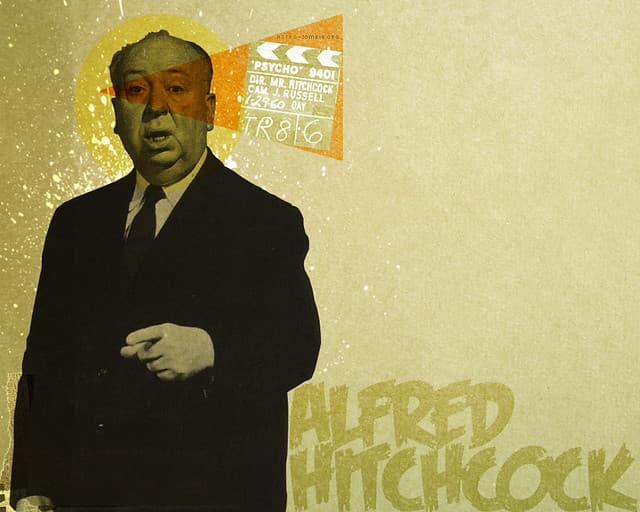Do you keep the lights on after a late-night horror flick, or are you the first one to say, "It's only a movie?" Either way, the horror genre is a fascinating beast, blending psychological terror, technical ingenuity, and sometimes, a little bit of on-set magic (or madness). It’s a genre that often defies critical expectations yet consistently delivers at the box office, proving that a good scare is truly timeless.
To celebrate the macabre and the magnificent, we've collected some chilling trivia that might make you see your favorite fright films in a whole new light.
The Devil is in the Details
Let's start with a classic that still sends shivers down spines: The Exorcist (1973). Director William Friedkin was notorious for his methods to elicit genuine reactions from his actors. For the famous scene where Regan is tossed across the room, actress Linda Blair was actually jolted by a harness, but the horrified expression you see on Ellen Burstyn (Chris MacNeil) was completely real. Friedkin had crew members fire a gun near her head without warning, resulting in a legitimate cry of pain that made the final cut. Talk about dedication to the craft!
The Master of Suspense's Slip-Up
Even the greats have their moments. Take Alfred Hitchcock’s Psycho (1960). The iconic shower scene is often lauded for its innovative editing, using over 50 cuts in less than a minute. However, there's a small but significant blooper. Just after Janet Leigh's character, Marion Crane, is stabbed, if you look closely, you can see her eyes open after she’s supposed to be dead. This tiny detail is something that obsessive fans love to point out, proving that sometimes even perfect terror has a tiny flaw.
From Budget Busters to Box Office Beasts
Some of the most revolutionary horror films started with the smallest bankrolls. The Blair Witch Project (1999) is the legendary example. Made for a reported initial budget of around $60,000, it used unknown actors and an improvised script, relying on the found-footage gimmick to create a sense of disturbing realism. It went on to gross nearly $250 million worldwide, becoming one of the most profitable independent films in history and kicking off a found-footage craze that dominates horror to this day.
On the other end of the spectrum, consider A Nightmare on Elm Street (1984). The film's low budget meant that for the famous blood geyser scene—where Johnny Depp's character, Glen, is sucked into his bed—the set had to be turned completely upside down. The room was inverted, the camera was inverted, and red-dyed water was poured "up" to create the dizzying effect of blood erupting from the bed. It was a simple, ingenious solution to a costly special effect problem.
The Face Behind the Fear
Finally, the mask is a staple of the slasher subgenre, but sometimes, the face behind it is a famous one. In Friday the 13th (1980), the original killer wasn't Jason Voorhees but his mother, Pamela. And though Jason later became famous for his hockey mask, he didn't even put it on until the third film in 1982. It's a small detail, but one that separates the true horror historians from the casual viewers.
These tiny details and behind-the-scenes secrets show that creating lasting terror requires not just fear, but creativity, dedication, and sometimes, a little bit of happy accident.
Did any of these facts genuinely surprise you, or are you already a horror trivia master? What's your favorite piece of movie trivia? For more horror movie trivias, head on to our Horror Movies Quiz
